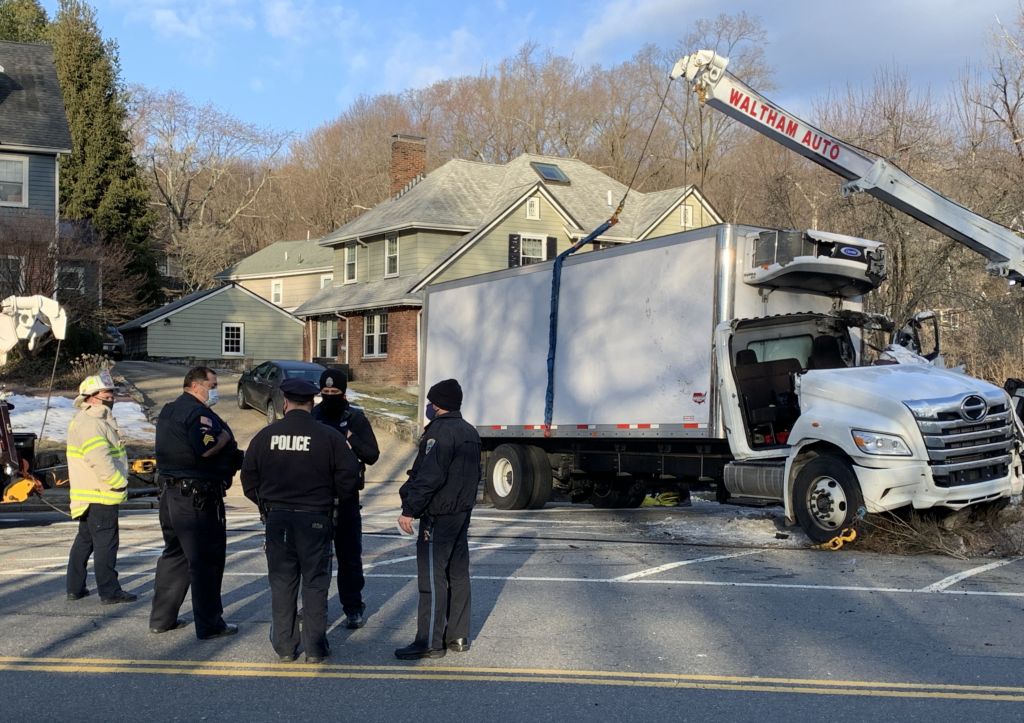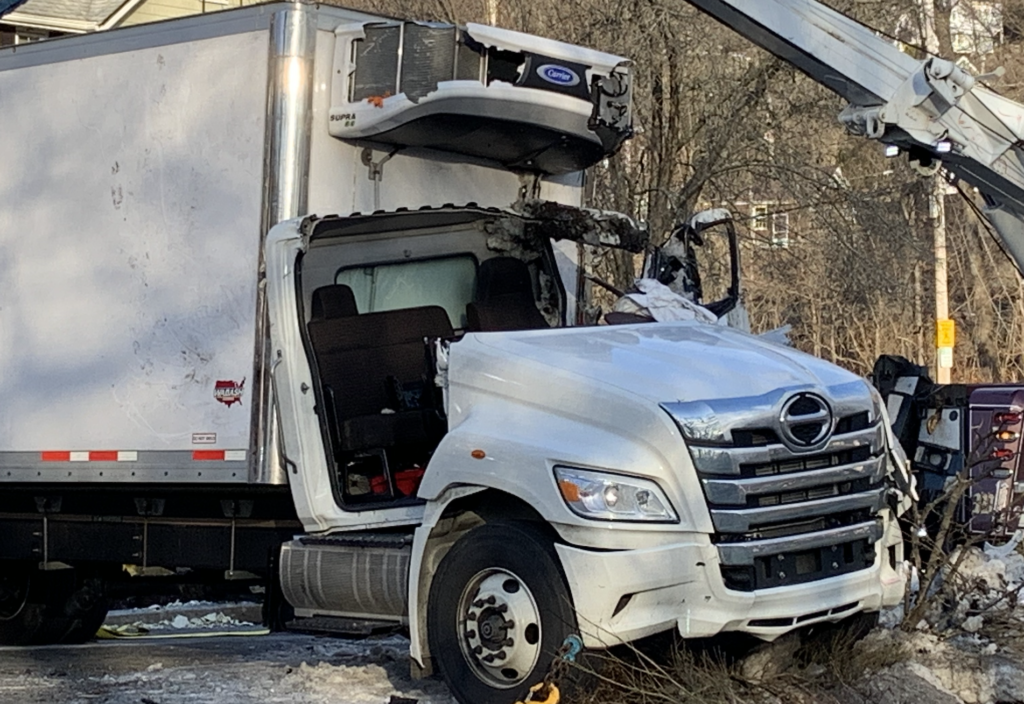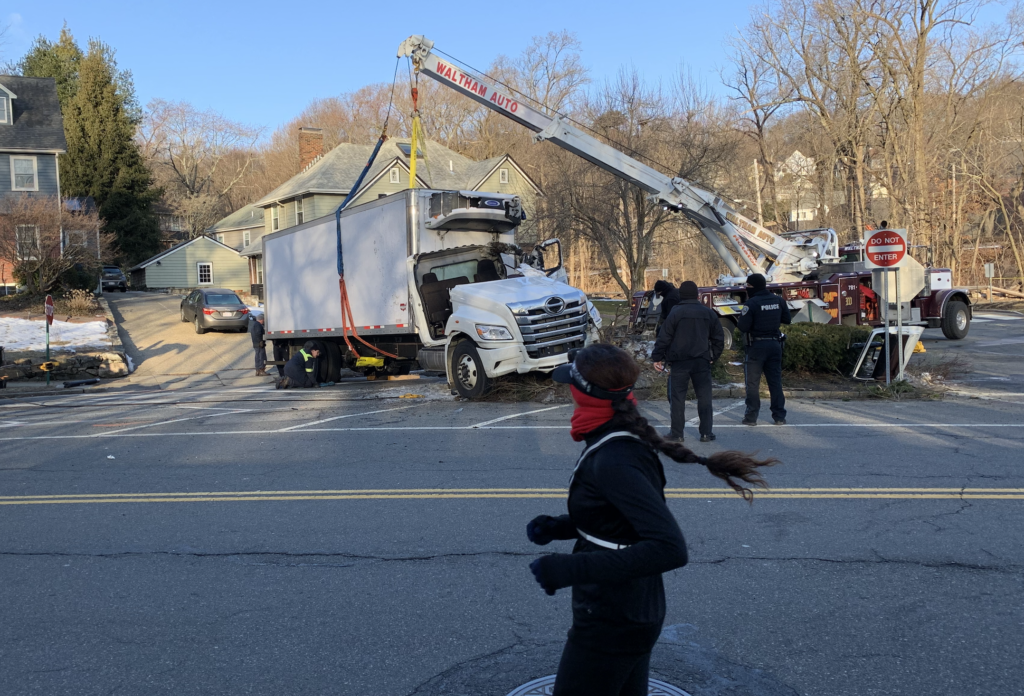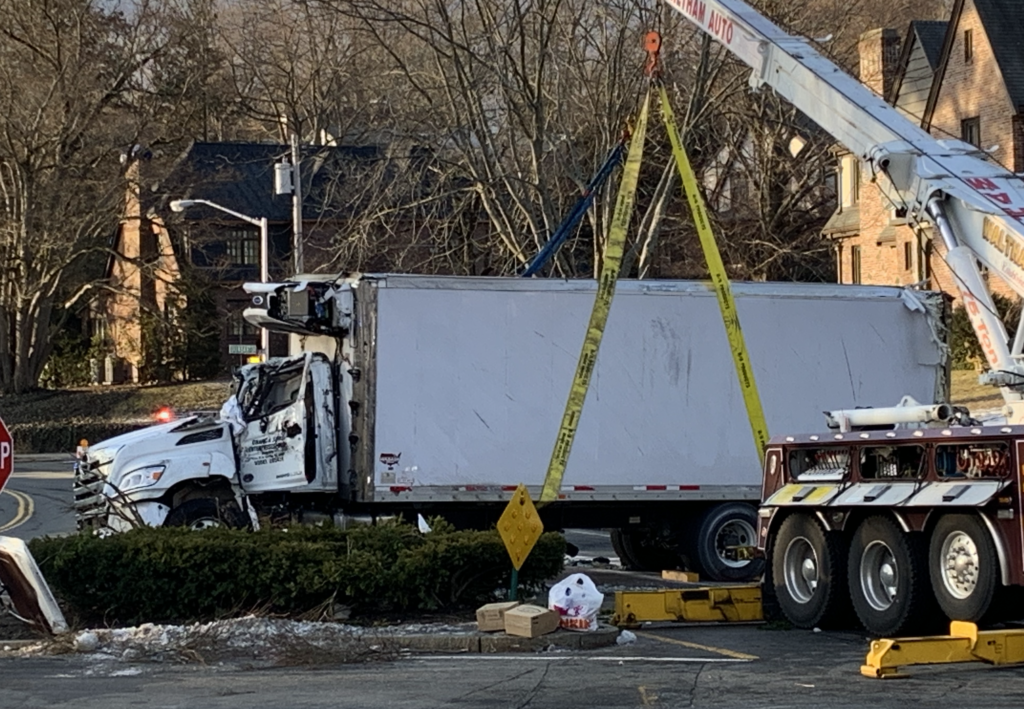Photo: The Wellington Elementary School
Graffiti described as “racist, devaluing, painful to read, and unacceptable” was discovered on the face of the Roger Wellington Elementary School on Monday, March 29.
Belmont Superintendent John Phelan made the “deeply upsetting” announcement in a late-night letter to the community, noting that “several inappropriate terms” were written on the school’s exterior, one being racist.
Phelan said his office immediately contacted the Belmont Police who are investigating the incident.
“The Belmont Public Schools stands in solidarity with and in full support of our Black and brown families,” said Phelan.
The graffiti was discovered by fourth graders who told Wellington Principal Heidi Paisner-Roffman as part of the school’s “seeing something and saying something” policy.
“It is extremely important to mark these moments of racism in our community,” said Phelan in his message. “Our grade 4 students had the integrity to mark this moment by telling their principal; we as school and community members must also call out this action as hurtful and unacceptable.”
Phelan said Principal Paisner-Roffman will be working with her staff to talk with all Wellington students in the coming days about this issue in an age-appropriate manner. She will also be reaching out the families of the students who found the graffiti to inform them.
Hateful graffiti is not a new phenomenon in Belmont. On July 4, 2008, racist notes were found at the Wellington playground while homophobic and racist comments were discovered in a Chenery Middle School bathroom in November 2018.
After such an incident, Phelan said the schools “are grateful for our growing relationships with community partners who share our values of zero tolerance for racist behavior” including Community Organized for Solidarity, Belmont Against Racism, and the Belmont Human Rights Commission.
“[They] are doing excellent work educating our community and calling attention to important issues, and we are appreciative of their advice and partnership,” said Phelan.
“We look forward to continuing this important conversation about race, respect, and what it means to live in a community with one another. Please reach out to me or to any of our Principals with your thoughts as we work toward becoming a more anti-racist and inclusive community.”



